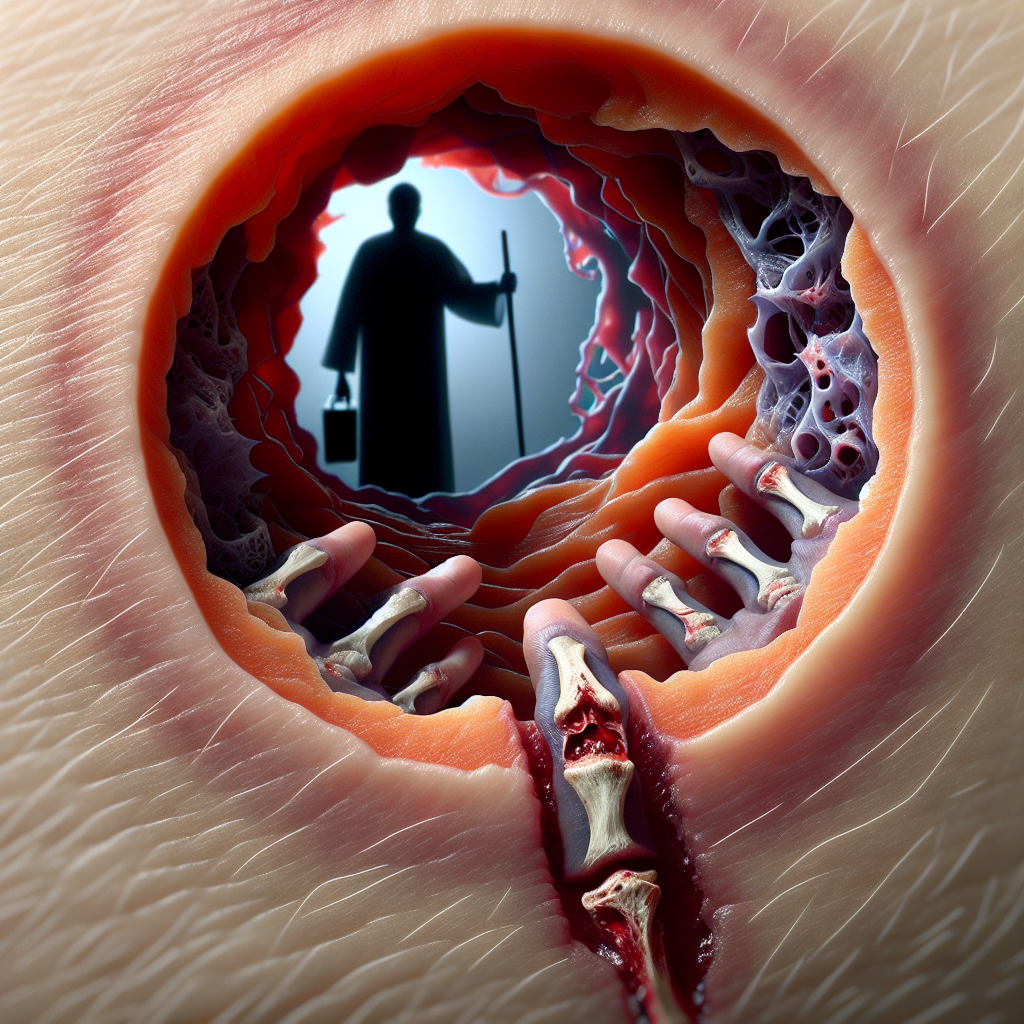Introduction
Imagine waking up one morning with an unusual scab on your skin. You might shrug it off as nothing more than a minor injury from the previous day. But what if that scab is a silent cry for help from your body? Sepsis, a life-threatening condition triggered by an infection, can manifest in various forms, including mysterious scabs. In this article, we delve into the depths of understanding what a sepsis scab looks like, how to identify it, and when to seek urgent care.
Table of Contents
- Understanding Sepsis
- Characteristics of a Sepsis Scab
- Associated Symptoms
- Treatment Options
- When to Seek Medical Help
- Prevention Tips
- Key Takeaways
- FAQ
- Conclusion
Understanding Sepsis
Sepsis is like an unseen storm brewing within your body. It occurs when your body’s response to an infection spirals out of control, leading to widespread inflammation. According to the CDC, sepsis can quickly progress from mild symptoms to severe complications if not treated promptly.
Characteristics of a Sepsis Scab
A sepsis scab is not your ordinary skin abrasion. Imagine it as a dark, ominous cloud on your skin, often appearing red, swollen, and warm to the touch. Unlike regular scabs, sepsis-related scabs are typically surrounded by discolored skin and may ooze pus or other fluids. This sinister appearance is a clear sign that your body is battling something more severe than a typical scrape.
How to Identify a Sepsis Scab
- Color: Dark red, purple, or black.
- Texture: Raised and rough.
- Surrounding Skin: Inflamed, painful, and warm.
- Fluid Discharge: May ooze pus or other fluids.
Associated Symptoms
Sepsis doesn’t just stop at the skin. It’s like a wildfire spreading through your body. Watch out for these accompanying symptoms:
- High fever or chills
- Rapid heart rate and breathing
- Confusion or disorientation
- Extreme pain or discomfort
- Pale or mottled skin
Treatment Options
Treating a sepsis scab is akin to extinguishing a wildfire before it engulfs the forest. Immediate medical intervention is crucial. Depending on the severity, treatments may include:
- Antibiotics: To combat the underlying infection.
- Intravenous fluids: To maintain blood pressure and hydration.
- Surgery: In severe cases, surgical removal of infected tissue may be necessary.
For minor injuries that don’t show signs of sepsis but still require attention, consider visiting our minor injury treatment page.
When to Seek Medical Help
If you suspect that a scab is linked to sepsis, don’t wait for the storm to pass. Seek medical help immediately. Visit an urgent care center or emergency room if you experience any of the symptoms mentioned above. Our urgent care services are available for immediate assistance.
Prevention Tips
Preventing sepsis is like building a fortress around your health. Here are some tips:
- Hygiene: Maintain good hygiene and regularly wash hands.
- Wound Care: Properly clean and cover wounds.
- Vaccinations: Stay updated on vaccinations to prevent infections.
- Early Treatment: Treat infections promptly and effectively.
Key Takeaways
- A sepsis scab appears dark, raised, and may ooze pus.
- Accompanying symptoms include high fever, rapid heartbeat, and confusion.
- Seek immediate medical attention if sepsis is suspected.
- Prevent sepsis through good hygiene, wound care, and prompt treatment of infections.
FAQ
What causes a sepsis scab?
A sepsis scab is caused by an infection that triggers an inflammatory response throughout the body. Typically, it results from untreated or severe infections.
Can a minor cut lead to sepsis?
Yes, even a minor cut can lead to sepsis if it becomes infected and is not properly treated. Always ensure wounds are clean and monitor for signs of infection.
What should I do if I suspect sepsis?
If you suspect sepsis, seek medical help immediately. Visit an urgent care center or emergency room for prompt evaluation and treatment.
Conclusion
A sepsis scab is not just another bump on the road; it’s a signal from your body demanding attention. By recognizing its characteristics and associated symptoms, you can take swift action to prevent life-threatening complications. Remember, timely medical intervention can make all the difference. For more information on related topics such as pediatric care and when to visit the ER, explore our resources like the Pediatric Urgent Care page. Stay vigilant and prioritize your health to steer clear of the stormy seas of sepsis.
If you’re experiencing any concerning symptoms or need immediate assistance, don’t hesitate to reach out to our dedicated team for patient services. Your well-being is our top priority.




